After 70 years, Dyess still soars
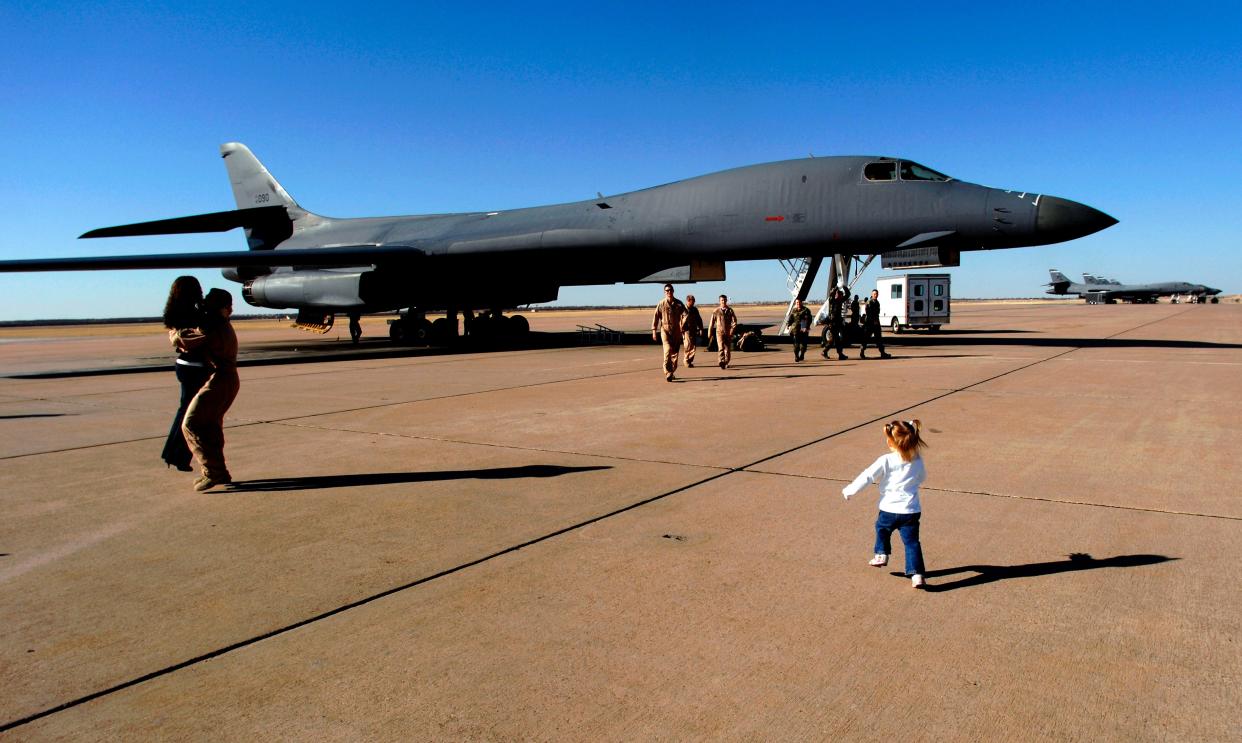
He didn’t say, “I told you so,” but he may as well have.
As Col. Harry Weddington watched ceremonial shovels decorated with large, bright bows and wielded by a gaggle of community and military leaders dig in and turn the dirt on what would eventually become Dyess Air Force Base, he enjoyed a sense of satisfaction.
Weddington, the retired former commander of the decommissioned Abilene Army Air Base, had long maintained that the community and the newly created U.S. Air Force would mutually benefit from establishing a base here. On Sept. 23, 1953, his conviction that Abilene should be home to a permanent installation – a belief he shared with many before retiring in 1946 – had come to fruition.
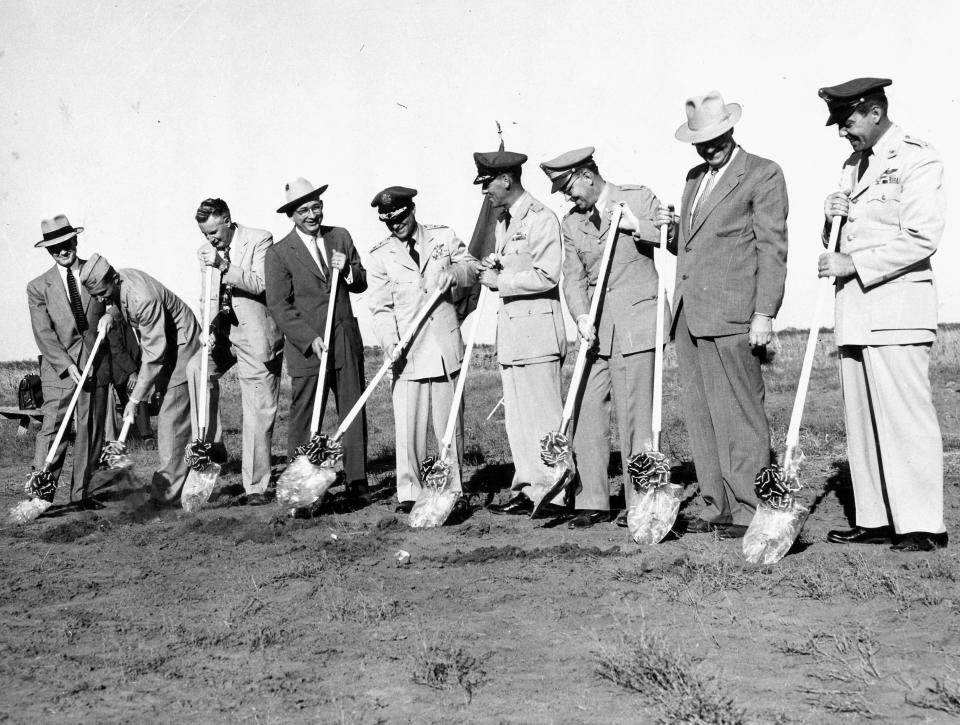
A few days later, in a story published in the Sunday Sept. 25 edition of the Abilene Reporter-News, Weddington declared, “This is one of the soundest deals I ever heard of.”
Though the sidebar story lacks a byline, it was likely written by staffer Earle Walker who was there to cover the main event.
“You’ve got here three factors you simply can’t get along without,” Weddington said.
“First, there’s the climatic conditions, which are out of this world.
“Next you have the right geographic location.
“Third, but something that is very necessary, is the friendly attitude of Abilene people toward servicemen.”
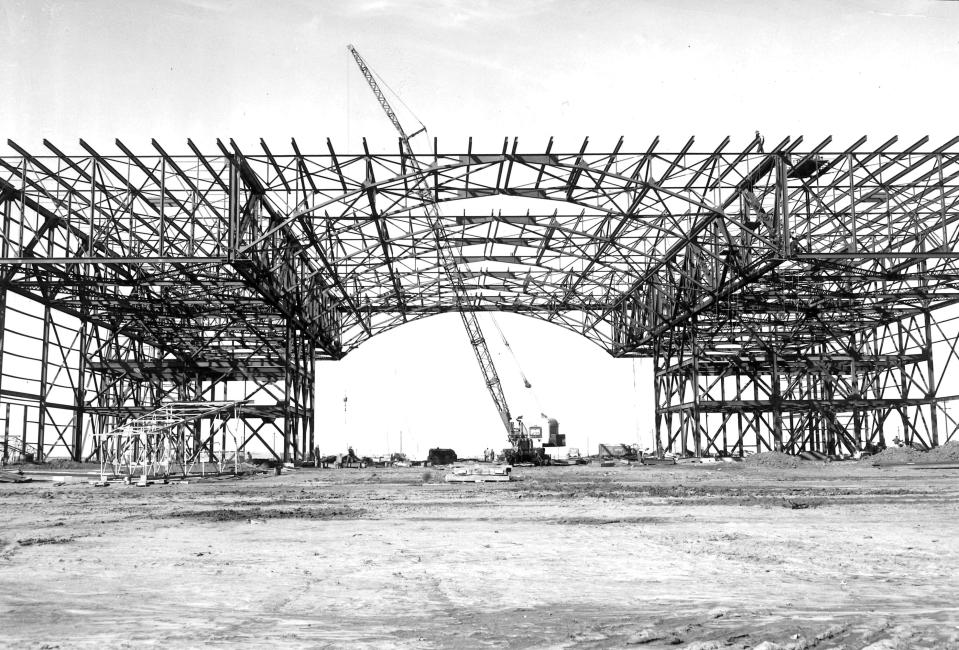
Abilene 'bought a bargain'
On Saturday, the calendar marked 70 years since the day those shovels broke dirt and Weddington made his proclamation.
By July 4, 1954, construction was well under way. The Reporter-News’s Dave Brumbeau wrote a detailed update on the $70 million project.
This giant of construction is the second time within a generation that leaders from the City on Cat Claw Creek have gone to Washington and “bought a bargain” for the “little city surrounded by cacti,” as one big city paper dubbed the town when it got its first military installation.
The first time Abilene obtained a military installation was when civic leaders took $144,385 to Washington and came back with the promise of Camp Barkeley. But everybody knew Camp Barkeley was temporary. And it was. It was the first World War II camp deactivated, Camp Barkeley vanished.
Some publications then said Abilene was a ghost town – that it would go back to cacti and mesquite. But they were wrong.
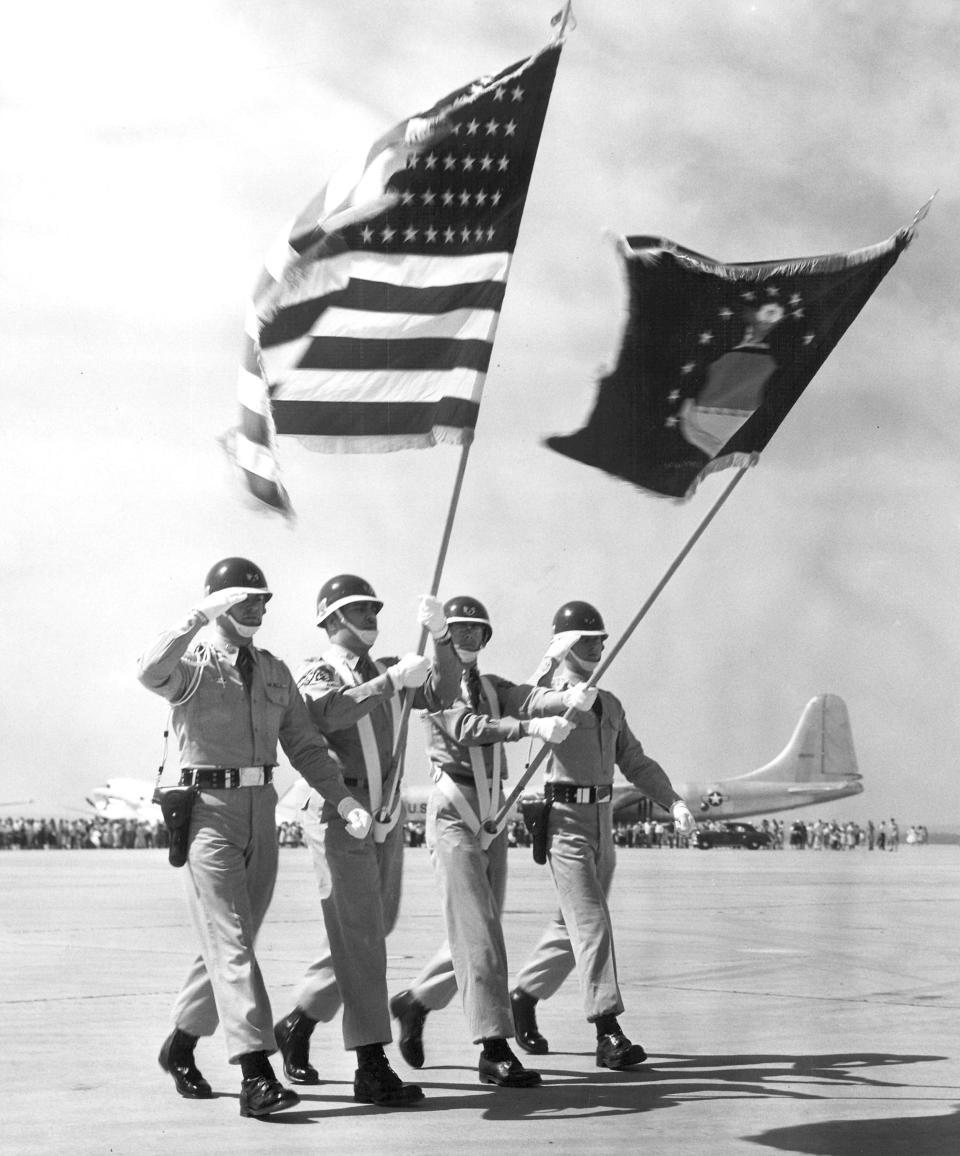
A chance meeting pays off
Often, it’s not what you know but who you know. And as the Korean War build-up began, members of the Abilene Chamber of Commerce’s National Defense Committee drilled down to work the relationships they had forged during the war years to ensure their town stayed front and center in the minds of Washington military planners.
The Oct. 3, 1971 Abilene Reporter-News chronicled those efforts 18 years later.
W.P Wright (the namesake for Dub Wright Blvd.) and a crew of others were lunching in Waco “on their way home from a futile mission on behalf of their project.”
Wright noticed an acquaintance from Camp Barkeley-days eating at the restaurant. He went over to visit.
The two men exchanged reports and what they were doing. Wright told of Abilene’s desire to get a military post, the friend suggested that the Strategic Air Command might be interested.
On Jan. 17, 1952, good news came to Abilene; the Air Force and SAC were indeed interested in reopening the Tye base. A year and a half later, it was a reality.
In 1956, the completed base was renamed in honor of Col. William Edwin Dyess, a World War II pilot from nearby Albany who had survived the Bataan Death March in the Philippines and later saved untold lives by remaining with his failing aircraft as it crashed during a stateside training mission.
More: Ghosts of Bataan Death March stretch from West Texas to Asia
Dyess Air Force Base has been home to, among others, B-47 bombers, B-52 bombers, KC-135 tanker aircraft, B-1 bombers, C-130 cargo planes and in a few years, the B-21 Raider, the next generation of Stealth bomber. It also served briefly as the hub for a ring of 12 Atlas missile silos in the early 1960s.
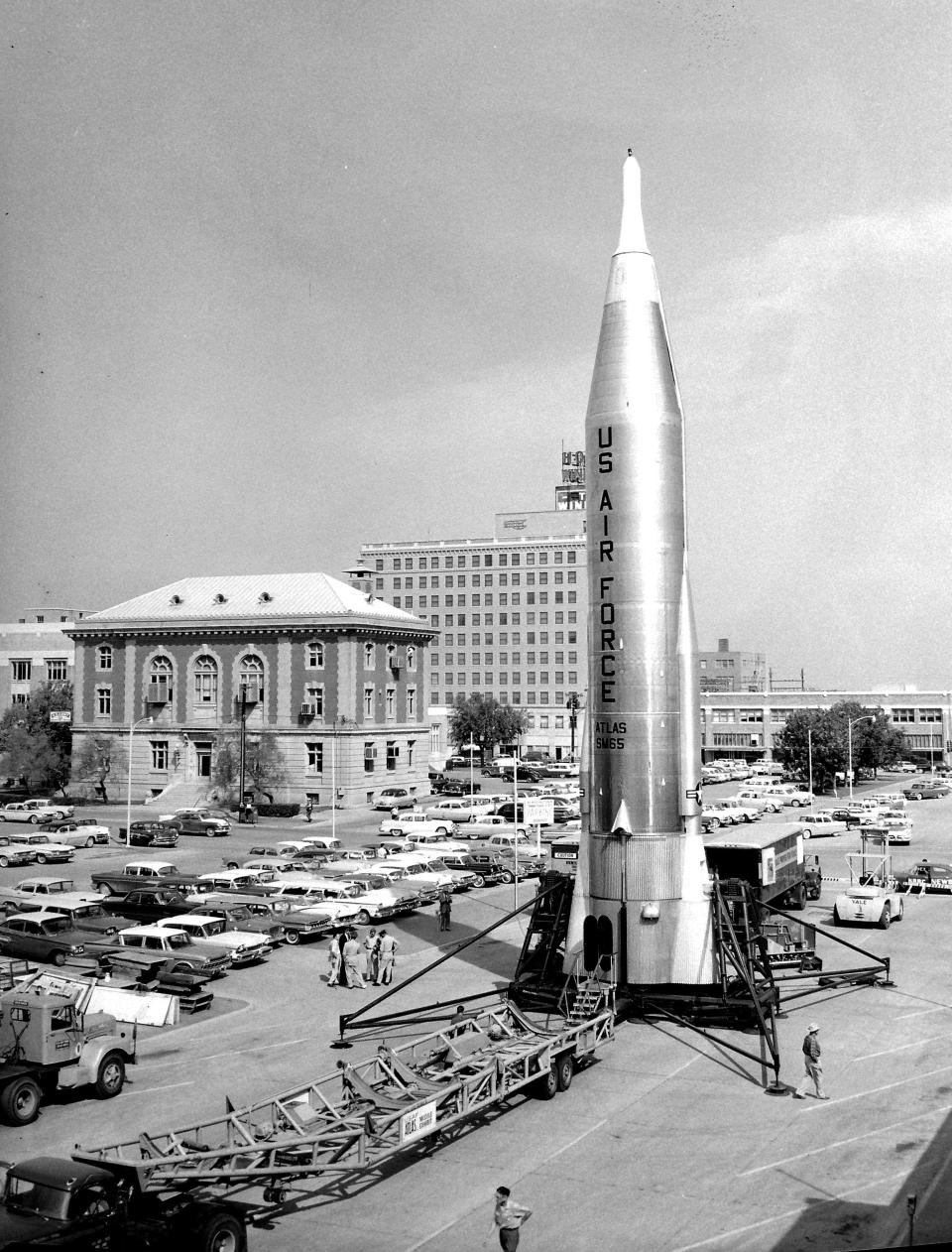
The base has weathered rounds of base closures during its 70 years but Weddington’s observation about the people of Abilene was more prescient than he could have imagined. It’s the city’s people who have proven to be the driver of the base’s continuing presence in the community.
Noble mission
While the base has marked 70 years, so has the Chamber of Commerce’s Military Affairs Committee. It celebrated its own milestone August 26 as Abilene’s fiercest advocate for Dyess Air Force Base, at home and especially in the nation’s capitol.
In fact, you might say the Chamber shows the rest of the country how it’s done by sponsoring an award given annually in the Air Force’s Air Mobility Command to the community most supportive of its local Air Force Base.
According to the Chamber’s website, “Prior to 1999, Abilene won the Strategic Air Command and Air Combat Command Community Support Award so often they subsequently retired the awards. In January 1999, the Air Mobility Command and the Abilene MAC co-created the AMC Community Support Award, which is now known as the “Abilene Trophy.”
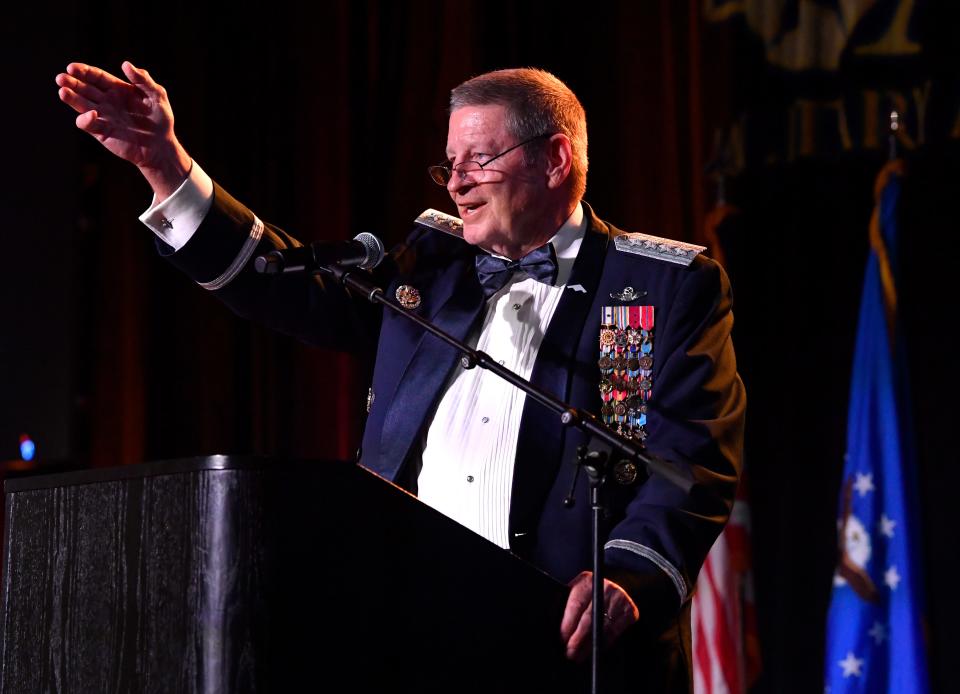
Gen. Robin Rand, the commander for Air Force Global Strike Command, was the keynote speaker at last month’s gala.
“You're the benchmark for civic leaders around the country,” Rand said, addressing the members of the MAC within the audience. “Thank you for what you do for them and their families here at Abilene.”
Rand described why he and others like him serve in the Air Force.
“I believe in the mission, providing that umbrella of security for my grandchildren, your families,” he said. “Our mission is noble, it's noble what you do here at Dyess.
“We stand on the shoulders of giants.”
After 70 years, those shoulders have only gotten bigger.
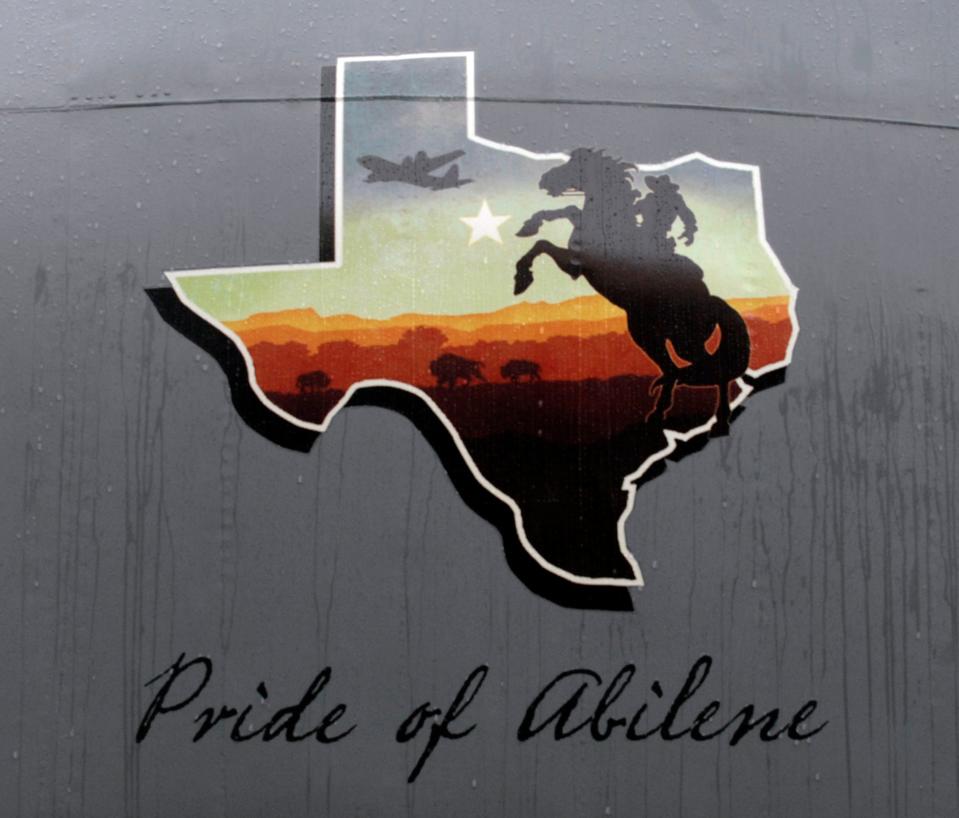
This article originally appeared on Abilene Reporter-News: After 70 years, Dyess still soars

